Atomoxetine 25mg: Uses, Dosage & Side Effects

Atomoxetine 25mg: A Comprehensive Guide
Atomoxetine, often recognized under the brand name Strattera, represents a non-stimulant medication primarily prescribed for the treatment of Attention Deficit Hyperactivity Disorder (ADHD). Unlike many other ADHD medications, atomoxetine works differently, offering an alternative approach to managing symptoms across various age groups. It functions as a selective norepinephrine reuptake inhibitor (SNRI), impacting neurotransmitter levels in the brain.
Understanding ADHD and its Management
Attention Deficit Hyperactivity Disorder (ADHD) is a neurodevelopmental disorder affecting millions of children and adults worldwide. Characterized by persistent patterns of inattention, hyperactivity, and impulsivity, ADHD can significantly impact an individual’s daily life, affecting academic performance, professional success, and interpersonal relationships. Therefore, effective management strategies are crucial.
Core Symptoms of ADHD
ADHD presents with a range of symptoms, varying in severity and manifestation from person to person. These symptoms are categorized into three main areas:
Traditional ADHD Treatments
Traditional treatments for ADHD often involve stimulant medications, such as methylphenidate (Ritalin) and amphetamine (Adderall). These medications work by increasing dopamine and norepinephrine levels in the brain, improving focus and reducing hyperactivity. Behavioral therapies are also a key component of ADHD management, teaching coping mechanisms and strategies to manage symptoms. However, atomoxetine offers a non-stimulant alternative for individuals who may not tolerate stimulants or have contraindications. Consider exploring natural alternatives such as:
View Product
View Product
View Product
View Product

View Product

View Product

View Product

View Product

View Product

View Product

View Product

View Product

View Product
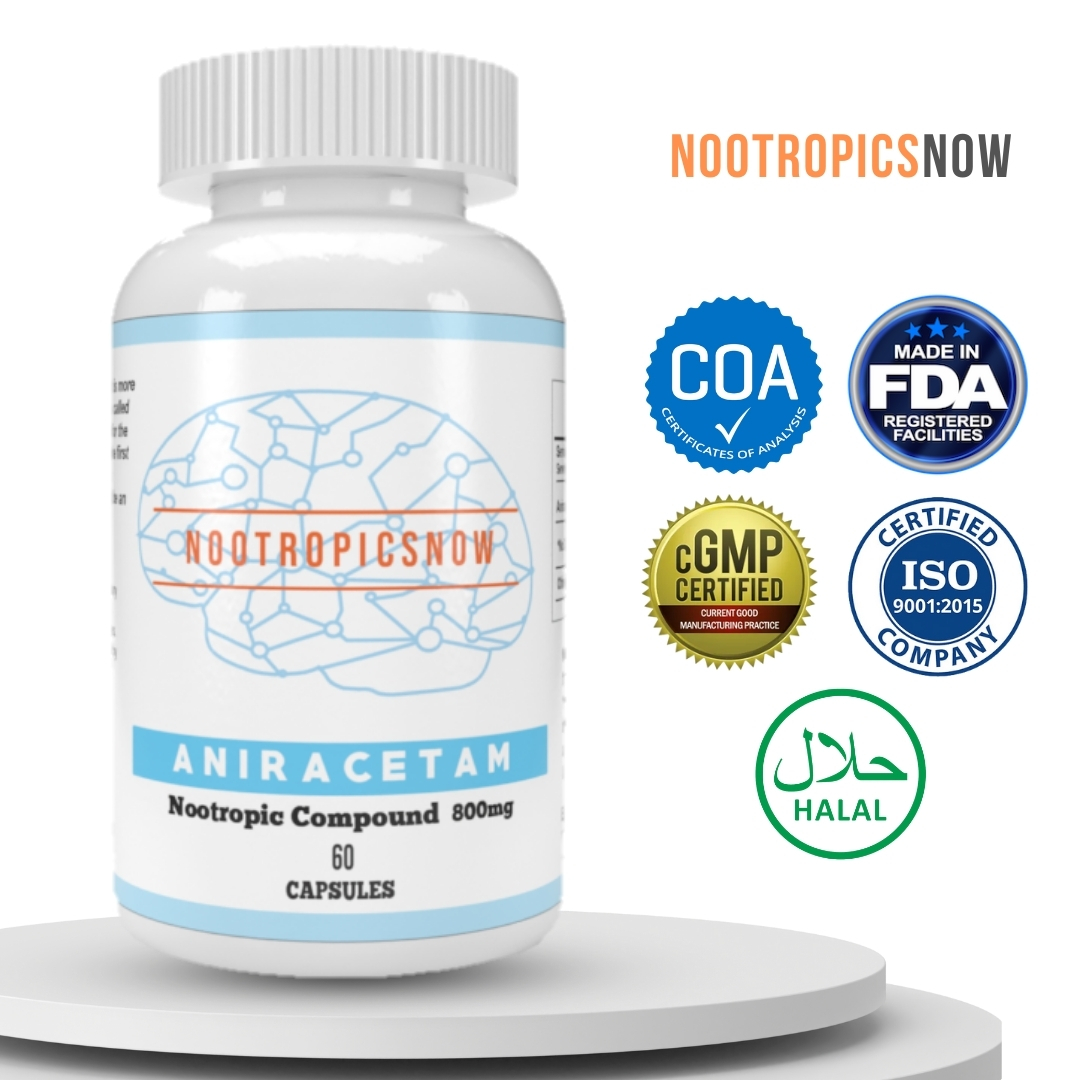
View Product

View Product

View Product

View Product

View Product
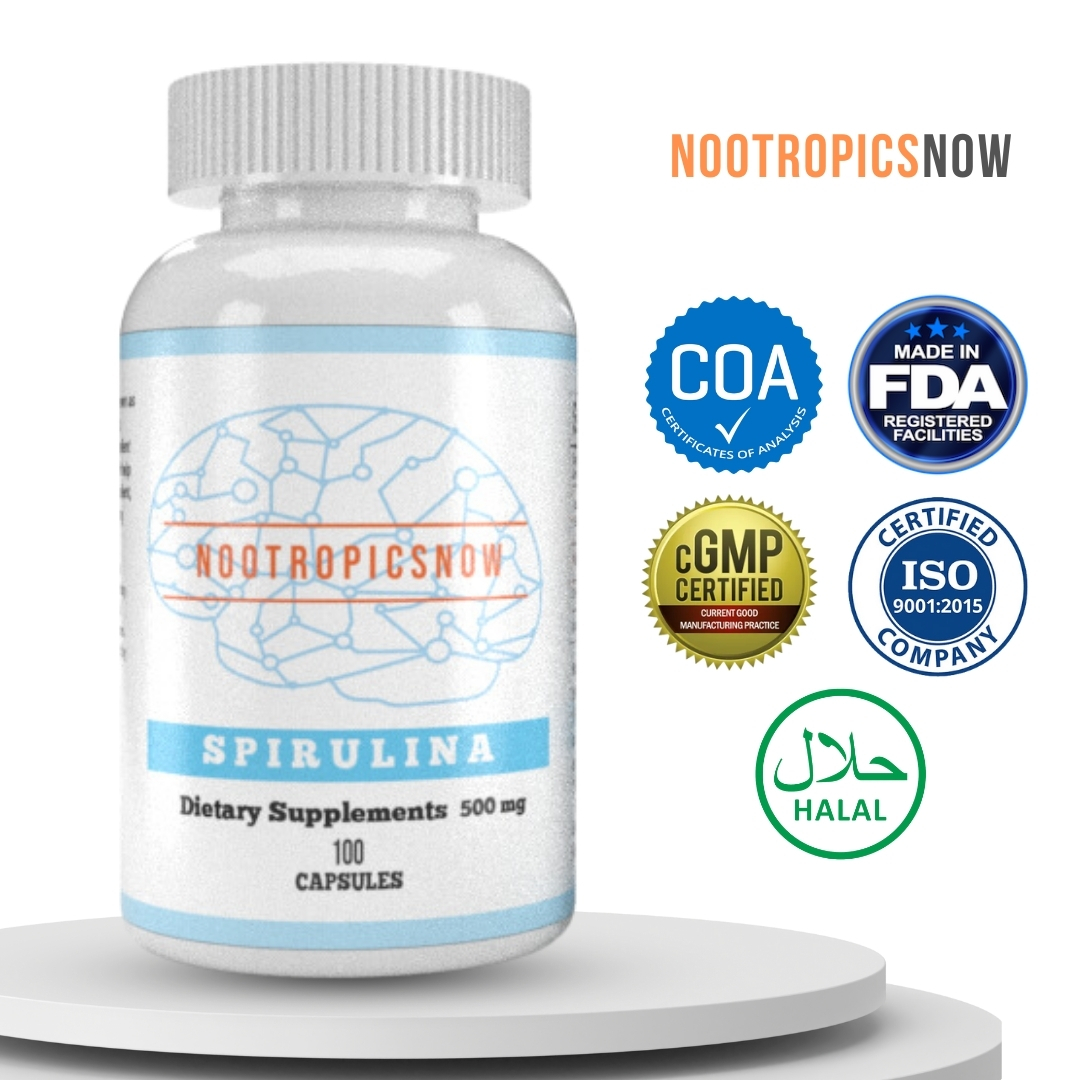
View Product

View Product

View Product

View Product

View Product
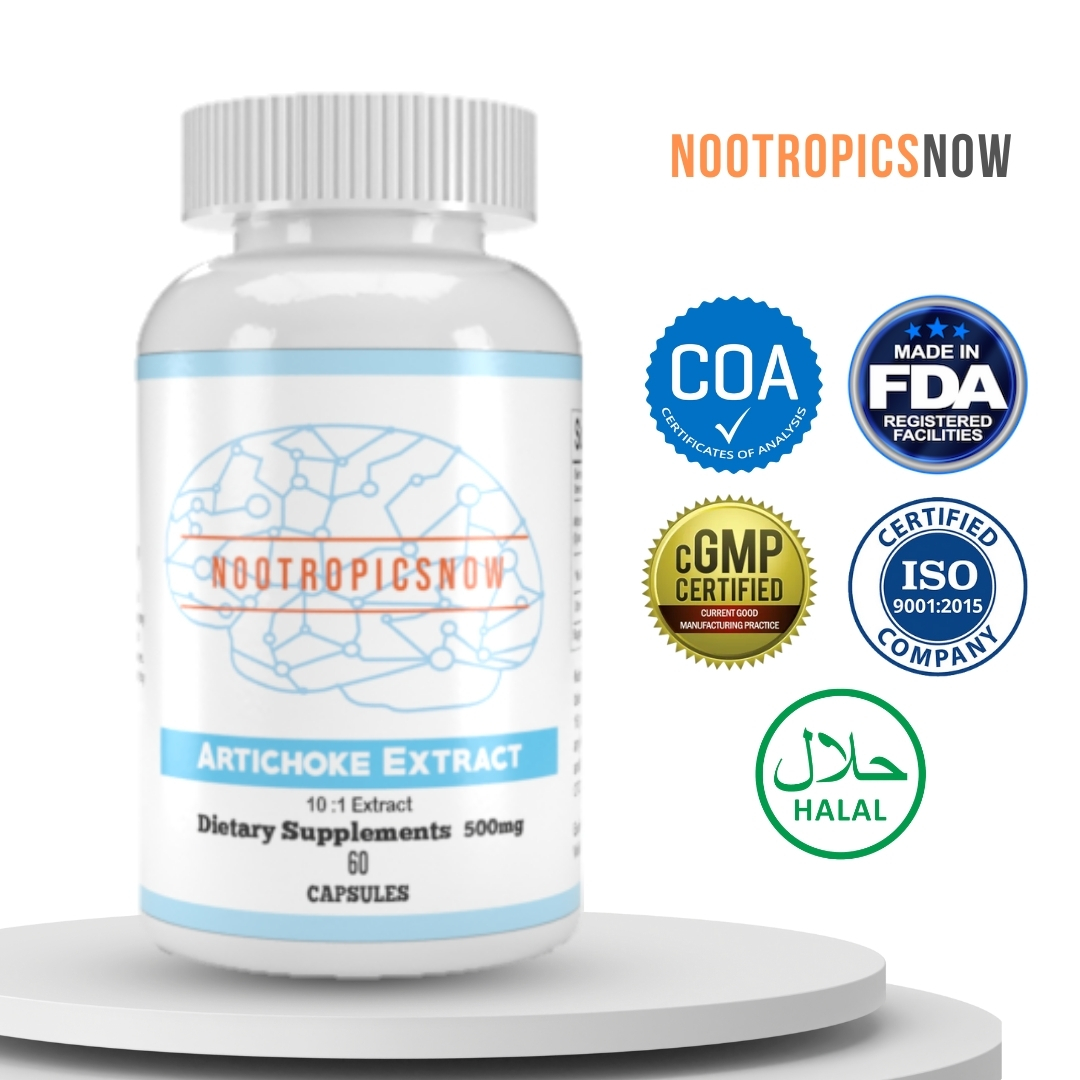
View Product

View Product

View Product
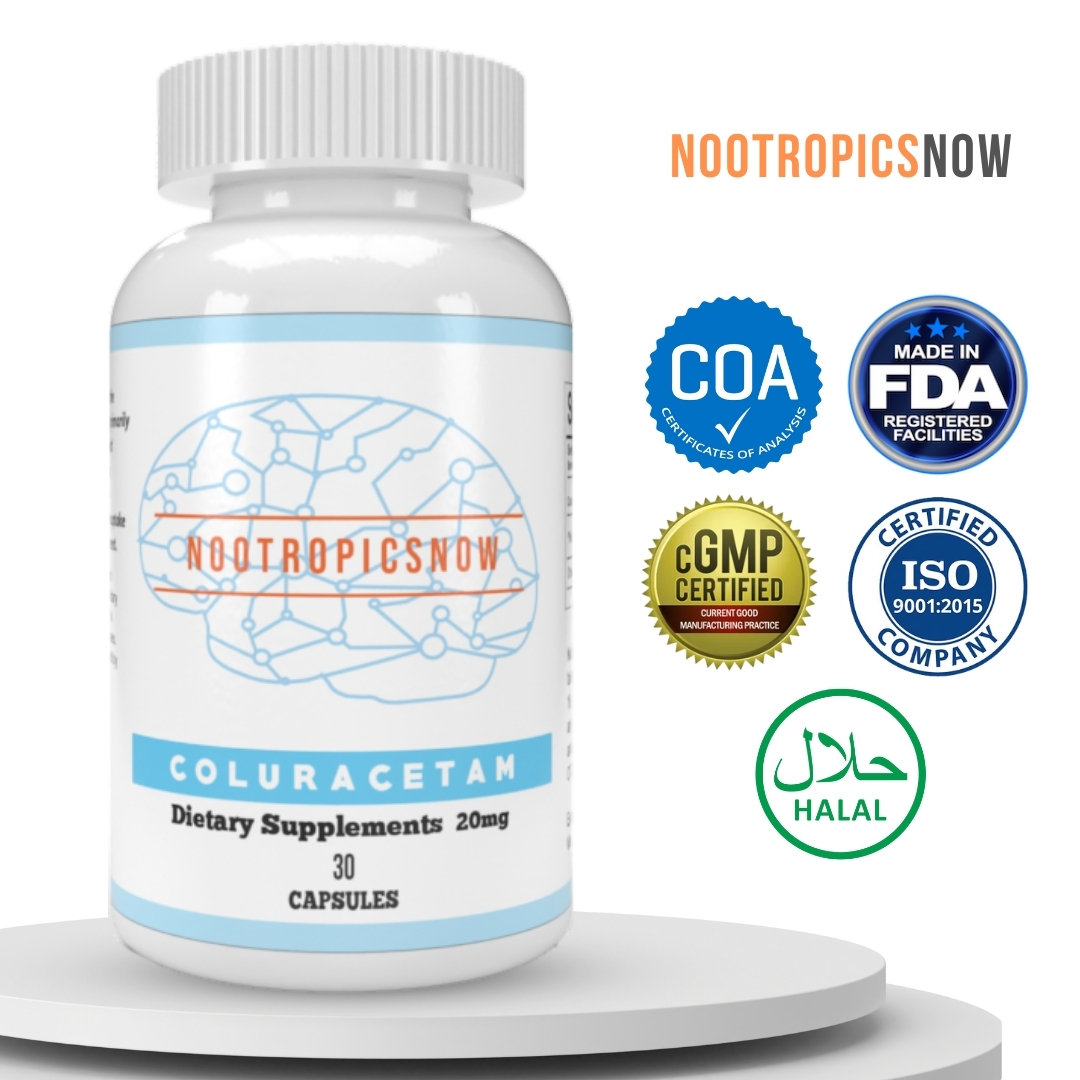
View Product
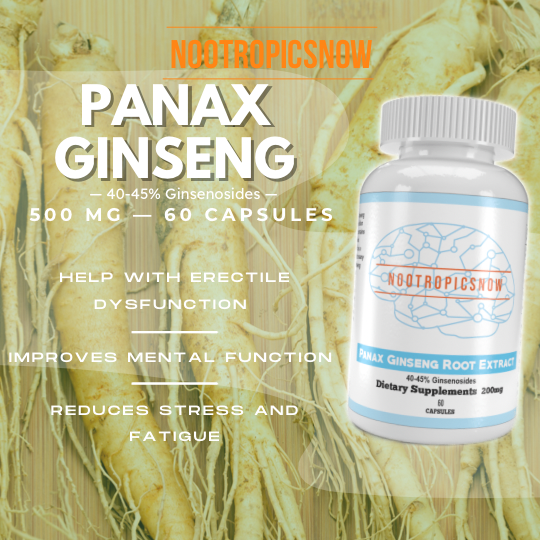
View Product

Atomoxetine 25mg: A Comprehensive Guide
Atomoxetine 25mg is a non-stimulant medication primarily prescribed for managing symptoms of Attention Deficit Hyperactivity Disorder (ADHD). Unlike stimulant medications like methylphenidate (Ritalin) or amphetamine (Adderall), atomoxetine doesn’t carry the same risk of abuse or dependence. Consequently, it represents a valuable alternative, especially for individuals with a history of substance abuse or those who prefer non-stimulant options. This article explores the uses, mechanism of action, dosage, potential side effects, and important considerations related to atomoxetine 25mg.
Understanding ADHD and its Management
ADHD is a neurodevelopmental disorder that affects millions of children and adults worldwide. Characterized by persistent patterns of inattention, hyperactivity, and impulsivity, ADHD can significantly impact various aspects of life, including academic performance, work productivity, and interpersonal relationships. Comprehensive management of ADHD usually involves a combination of medication, behavioral therapy, and lifestyle adjustments.
The Role of Atomoxetine in ADHD Treatment
Atomoxetine plays a critical role in managing ADHD symptoms by targeting the underlying neurochemical imbalances associated with the disorder. It is important to note that atomoxetine doesn’t cure ADHD but, instead, helps individuals manage their symptoms more effectively. As a result, people can experience improved focus, reduced impulsivity, and enhanced ability to stay on task.
Consider exploring nootropics as a supplementary approach to support focus and cognitive function.

View Product
Mechanism of Action: How Atomoxetine Works
Atomoxetine functions as a selective norepinephrine reuptake inhibitor (SNRI). Norepinephrine is a neurotransmitter that plays a crucial role in regulating attention, focus, and impulse control. By blocking the reuptake of norepinephrine, atomoxetine increases the availability of this neurotransmitter in the synaptic cleft, the space between nerve cells. This enhanced norepinephrine signaling improves neuronal communication in brain regions responsible for attention and executive functions, thus alleviating ADHD symptoms.
Atomoxetine 25mg: Dosage and Administration
The typical starting dosage of atomoxetine for adults and children weighing over 70 kg is 40mg per day. However, the 25mg dosage is common in children or adolescents with a lower body weight, or for those starting the medication to assess tolerability. It may also be prescribed to adults who are highly sensitive to medications. Usually, healthcare providers will titrate the dose gradually based on individual response and tolerability. The recommended maintenance dosage ranges from 80mg to 100mg per day, administered either once daily in the morning or divided into two doses taken in the morning and late afternoon/early evening.
Administration Guidelines
Atomoxetine can be taken with or without food. Consistency in administration time is important for maintaining stable blood levels of the medication. Patients should be aware that it may take several weeks, typically 2-4 weeks, to experience the full therapeutic effects of atomoxetine. Therefore, it’s crucial to adhere to the prescribed dosage schedule and maintain open communication with a healthcare provider throughout the treatment process.
Side Effects of Atomoxetine 25mg
While generally well-tolerated, atomoxetine can cause side effects in some individuals. The severity and frequency of side effects can vary.
Common Side Effects
Common side effects of atomoxetine include:
Rare but Serious Side Effects
Although rare, serious side effects can occur with atomoxetine:
Precautions and Contraindications
Atomoxetine is not suitable for everyone. Before starting atomoxetine, it’s crucial to inform your doctor about any pre-existing medical conditions, allergies, and medications you are currently taking.
Contraindications
Atomoxetine is contraindicated in individuals with:
Precautions
Use atomoxetine with caution in individuals with:
Drug Interactions
Atomoxetine can interact with several medications, potentially altering their effects or increasing the risk of side effects. It is essential to inform your doctor about all medications you are taking, including prescription drugs, over-the-counter medications, and herbal supplements.
Notable Drug Interactions
Monitoring and Follow-Up
Regular monitoring is essential during atomoxetine treatment to assess its effectiveness and monitor for potential side effects. Monitoring usually includes:
Atomoxetine vs. Stimulant Medications
Atomoxetine differs from stimulant medications in several key aspects:
Atomoxetine 25mg: Considerations for Specific Populations
Children and Adolescents
Atomoxetine is approved for use in children over six years of age. Close monitoring is crucial, particularly for suicidal thoughts and growth suppression.
Adults
Atomoxetine can be an effective option for adults with ADHD who prefer a non-stimulant medication.
Pregnant and Breastfeeding Women
The safety of atomoxetine during pregnancy and breastfeeding is not well-established. Therefore, it should be used with caution and only if the potential benefits outweigh the risks.
Lifestyle Adjustments to Complement Atomoxetine Treatment
While atomoxetine can effectively manage ADHD symptoms, lifestyle adjustments can further enhance its effectiveness:
Conclusion: Atomoxetine 25mg as Part of a Holistic ADHD Management Strategy
Atomoxetine 25mg is a valuable non-stimulant medication that can play a significant role in the management of ADHD. Its mechanism of action, lower abuse potential, and distinct side effect profile make it an attractive option for individuals who may not be suitable candidates for stimulant medications. However, it is essential to use atomoxetine under the guidance of a healthcare provider and to monitor for potential side effects. Combined with lifestyle adjustments and behavioral therapy, atomoxetine can help individuals with ADHD improve their focus, reduce impulsivity, and lead more fulfilling lives. Regular monitoring is an integral part of the treatment process.
Consider consulting with a healthcare professional about integrating additional supplements to support your overall well-being during ADHD management.

View Product
References
[View Product](https] //www.lazada.com.ph/products/coluracetam-20mg-30-capsules-30-servings-nootropic-brain-booster-focus-long-term-memory-brain-support-memorization-study-enhancement-anxiety-reduction-racetam-choline-learning-research-supplement-pill-

